Anyone may grow an indoor or outdoor herb garden, regardless of whether they have a windowsill or are creating a complex raised-bed garden. Maybe you’re attempting to determine how to utilize a sunny kitchen counter in your dwelling. Or perhaps you need ideas for an outside garden that is both aesthetically pleasing and useful.
To help you with planting, designing a well-thought-out herb garden, and choosing the best containers and materials, we’ve compiled a list of herb garden ideas.
Build Raised Garden Beds

Plant your herbs in raised garden beds to keep them safe from pests and add an appealing visual element to your garden. These structures not only elevate your gardening game but also make it easier to manage and maintain your herbs and vegetables. With the addition of chicken wire, you can deter taller animals like deer from nibbling on your plants. Once your raised beds are set up, you’ll feel like a seasoned gardener, complete with neat rows and cute labels for all your crops.
Plant Pollinator Gardens in Front of Raised Beds
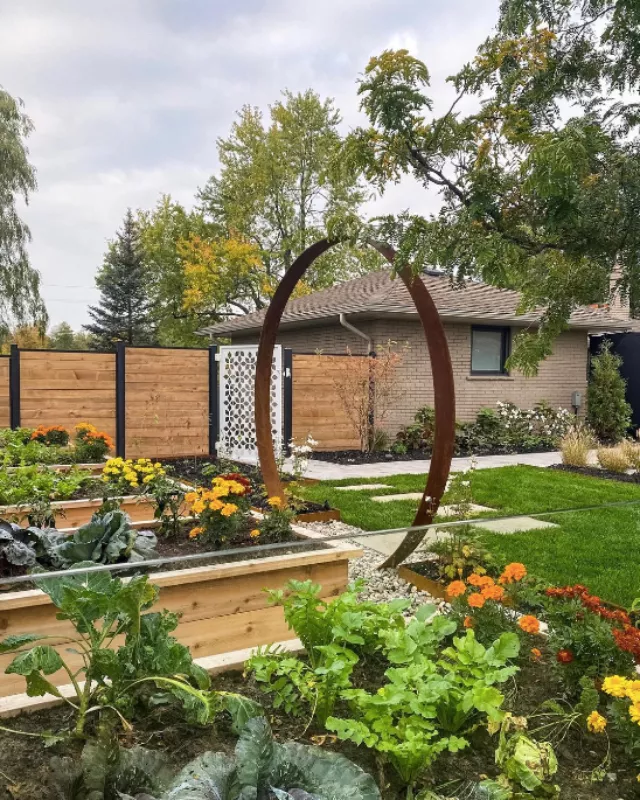
Combine functionality and beauty by planting native flowers and pollinator-friendly plants in front of your raised beds. These flowers attract bees and other pollinators that help your herbs flourish while also providing essential nutrients for butterfly larvae. The vibrant blooms will bring life to your garden and create a natural ecosystem that benefits all your plants.
Create a Mobile Garden

If cold weather threatens your thriving herbs, bring them indoors to protect them. A sunny spot with southwest exposure can keep plants like rosemary, parsley, chives, oregano, and chocolate mint alive through winter. Consider grouping herbs based on their growing needs—Mediterranean herbs like lavender and thyme prefer drier soil, while basil and cilantro thrive in moisture-rich environments. Mixing incompatible herbs may cause issues, so plant accordingly to ensure success.
Hang Herbs Above Your Dining Table
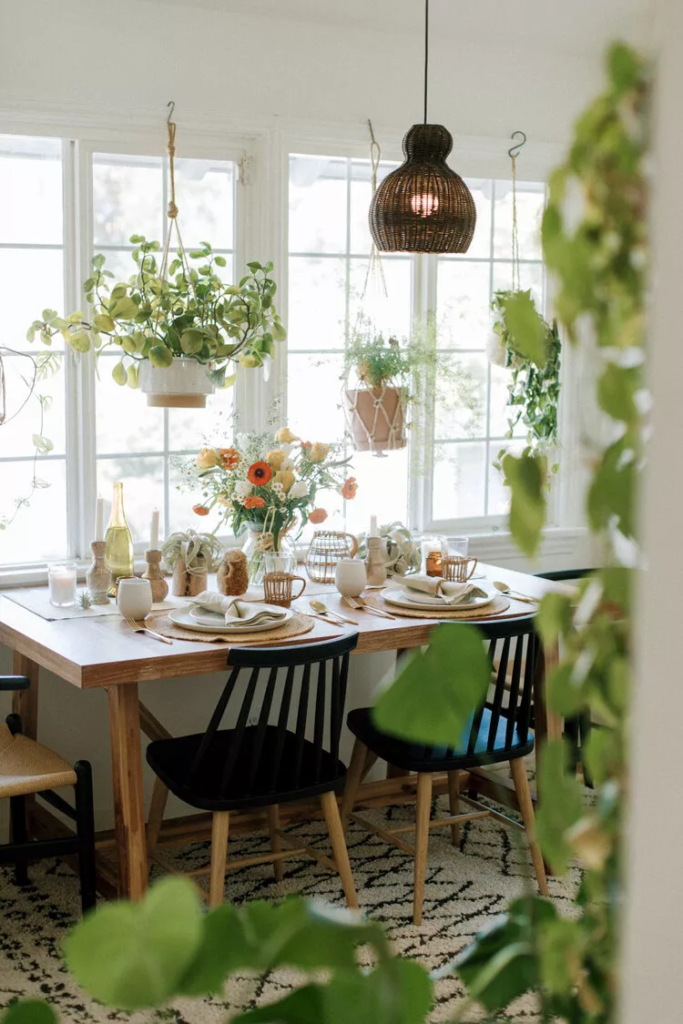
Enhance your dining area with hanging herb baskets. Not only do they add greenery and charm, but they also keep fresh garnishes within easy reach. Herbs like parsley, thyme, or basil work wonderfully in hanging pots, especially in sunny spaces. This decorative and practical touch brings a new level of freshness to your meals.
Grow Aromatic Plants Indoors
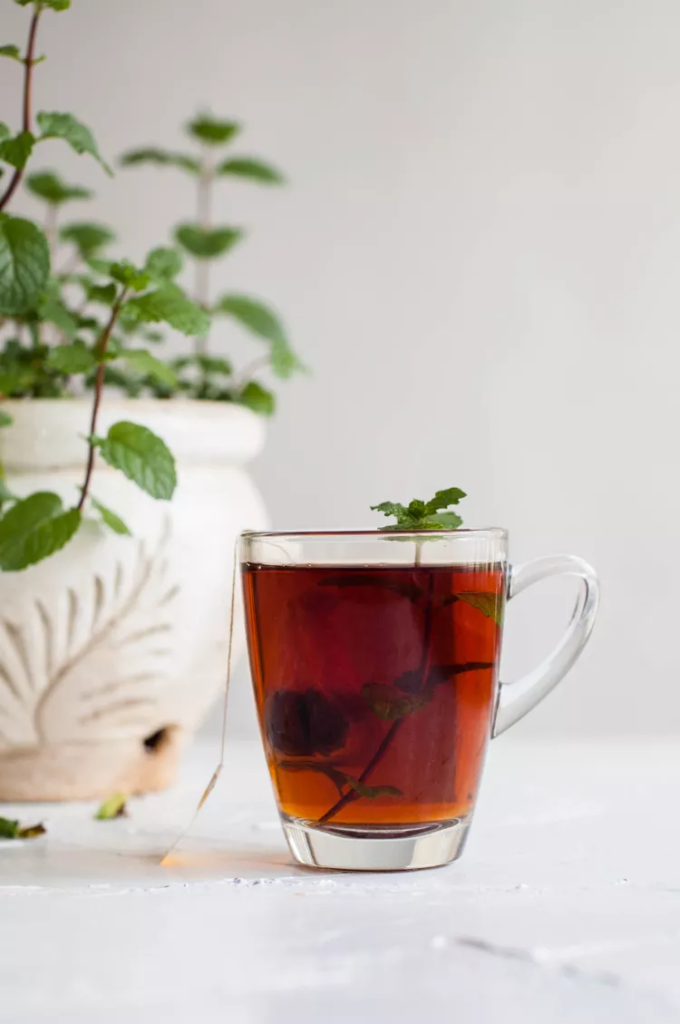
Bring the delightful scent of fresh herbs into your home by growing aromatic plants indoors. Spearmint is an excellent choice, as it releases a strong minty aroma when touched. Beyond its fragrance, spearmint can also be used for tea and other recipes, making it a versatile addition to your indoor herb collection.
Hang Baskets Away from Pet’s Paws
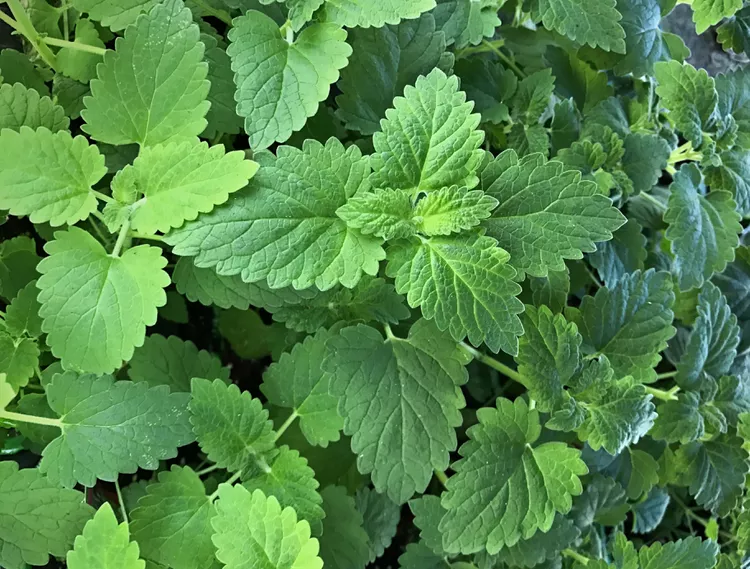
Protect your plants from curious pets by utilizing vertical space. Hanging baskets are a great solution for keeping herbs like catnip out of reach of inquisitive paws. This method ensures your plants stay safe while adding a unique decorative element to your home or garden.
Spread Out Your Plants
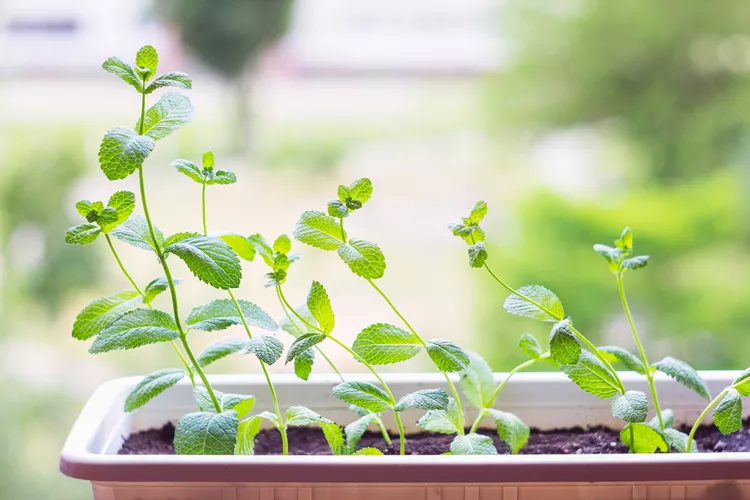
While densely packed plants may look beautiful, spacing your herbs properly is crucial for their health. Allowing air circulation around each plant helps prevent pest infestations and promotes overall growth. Resist the temptation to overcrowd your planters, and your herbs will thank you with robust growth and fewer problems.
Place Moisture-Loving Herbs in the Bathroom
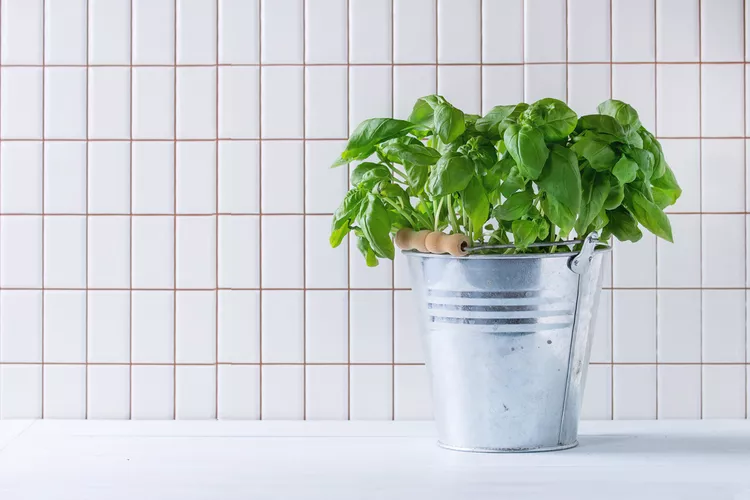
Take advantage of the natural humidity in your bathroom by placing moisture-loving herbs like basil and cilantro there. The bathroom’s greenhouse-like environment provides the perfect conditions for these plants to thrive, making it a practical and space-saving option for small apartments or homes.
Keep Herbs by Your Bar Cart
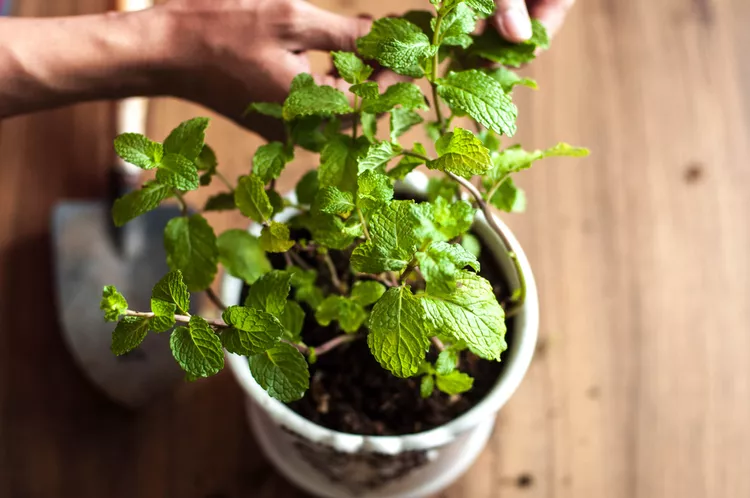
Make your bar cart even more functional by growing mint nearby. Having fresh mint on hand is ideal for cocktails, mocktails, and summer drinks like lemonade. A touch of greenery near your bar area adds charm while ensuring you always have garnishes at your fingertips.
Plant a Formal Herb Garden

If you have ample yard space, consider designing a formal herb garden. This structured approach combines the aesthetics of a decorative garden with the functionality of an herb patch. Carefully plan the layout to include a variety of herbs, from bee balm to tarragon, creating a thriving, visually appealing space.
Install a Grow Light
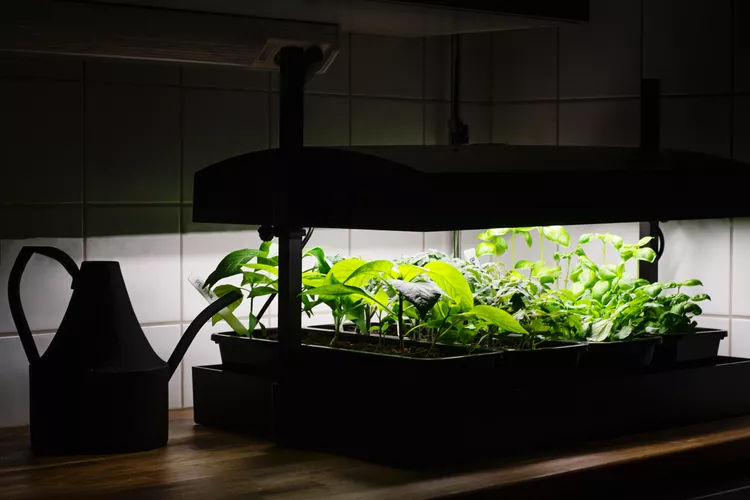
For homes with limited natural light, a grow light can be a game-changer. These lights provide the necessary six or more hours of “sunlight” that herbs need to thrive. Whether you’re growing parsley, basil, or lavender indoors, a grow light ensures your plants remain healthy and vibrant.
Start Seeds Indoors

Starting herb seeds indoors is a practical way to get a jumpstart on your garden. This method allows seedlings to develop strong roots before being transplanted outdoors. Not only is it functional, but it also adds a touch of greenery to your home during the off-season.
Use a Grow Kit
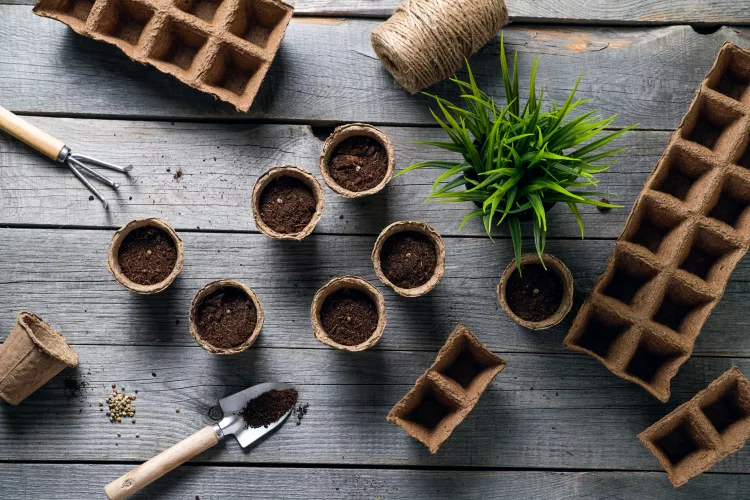
A grow kit simplifies the process of starting an herb garden. Look for kits that include essentials like seeds, seed-starting pellets, and a tabletop greenhouse. Adding tools like a heat mat and grow light can further improve your chances of success, ensuring a flourishing indoor garden.
Interplant With a Rock Garden

Create visual contrast in your garden by interplanting herbs with a rock garden. Herbs like thyme, rosemary, and sage thrive in this setup, blending seamlessly with succulents and other low-maintenance plants. The result is a desert-inspired aesthetic that’s both functional and beautiful.
Surround a Patio With Mosquito-Repelling Herbs

Enhance your outdoor living space by planting mosquito-repelling herbs like lemongrass and lavender around your patio. While these plants may not replace bug spray entirely, they add a pleasant fragrance and a touch of greenery while keeping pesky insects at bay.
Buy or DIY a Hydroponic Garden
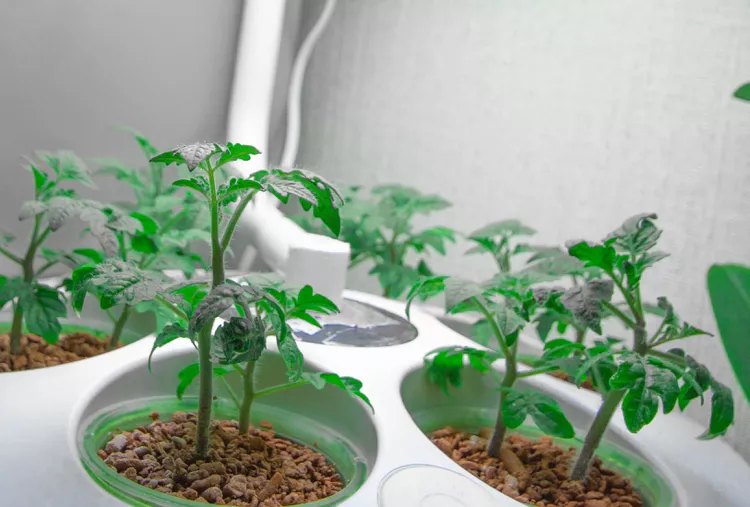
Hydroponic gardens are an excellent option for growing herbs indoors without soil. These systems use a nutrient-rich water solution to keep plants healthy and thriving. Leafy herbs like parsley, basil, and cilantro are particularly well-suited to hydroponic setups, offering a modern and efficient way to garden indoors.
Use Terracotta Planters

Terracotta planters are ideal for herbs that grow bushy, such as rosemary and lavender. These classic pots offer excellent drainage and a timeless aesthetic. Treat them as part of your landscaping for a practical yet decorative garden element.
Contain Spread With Concrete Pavers
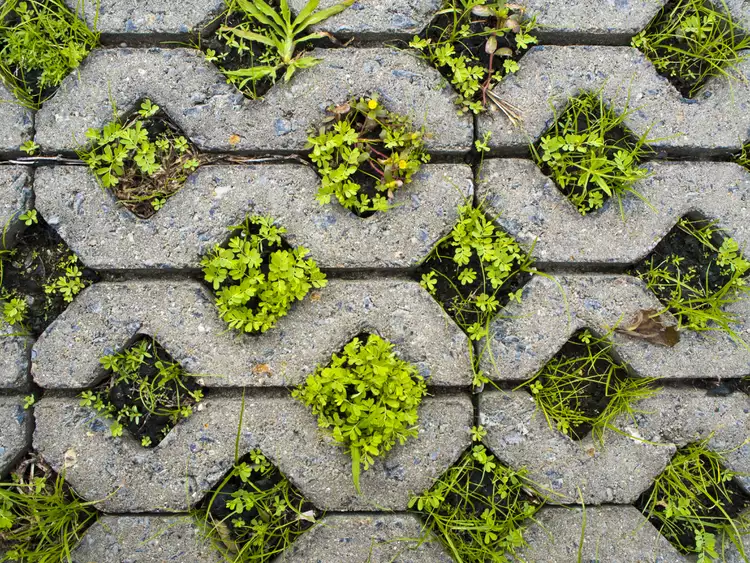
Fast-spreading herbs like mint can quickly overtake a garden if not controlled. Use concrete pavers to define boundaries and keep these vigorous plants in check. The grid-like design of pavers provides structure and prevents herbs from growing out of control.
Make a Side-Yard Garden
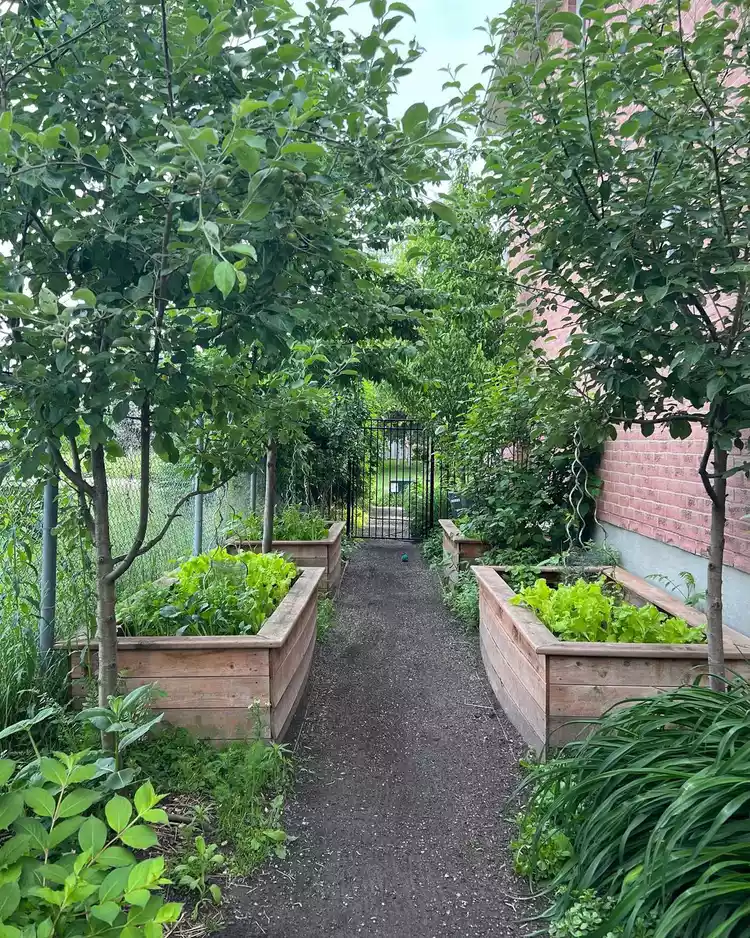
Transform unused side-yard space into a fragrant herb garden. Pollinator-friendly plants can thrive in this area, away from the main garden. This setup not only utilizes underappreciated space but also keeps bees and butterflies close to your flowering herbs.
Make Decorative Pots into a Kitchen Garden
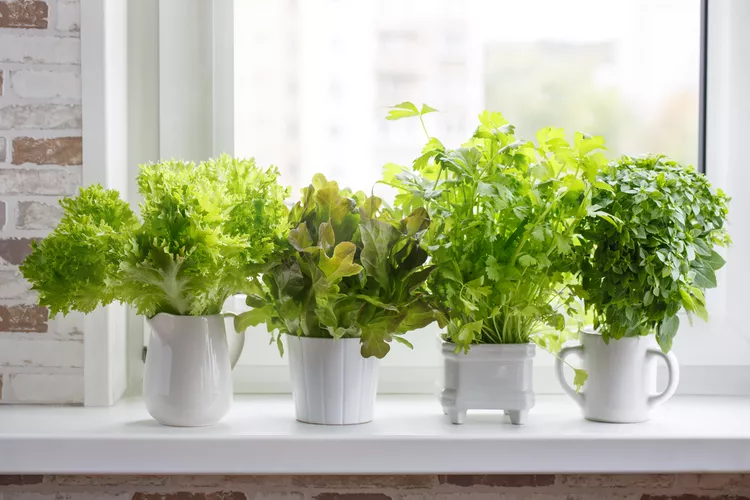
Brighten up your kitchen with small decorative pots filled with herbs. A sunny windowsill is the perfect spot for a mini kitchen garden featuring basil, thyme, and other favorites. Regular trimming keeps the plants healthy while providing fresh ingredients for your meals.
Plant Woody Herbs for Year-Round Greenery

Woody herbs like lavender and rosemary offer year-round greenery with minimal maintenance. These evergreen plants thrive in various climates, making them a reliable choice for gardeners who want a consistent splash of green throughout the year.
Use Self-Watering Containers
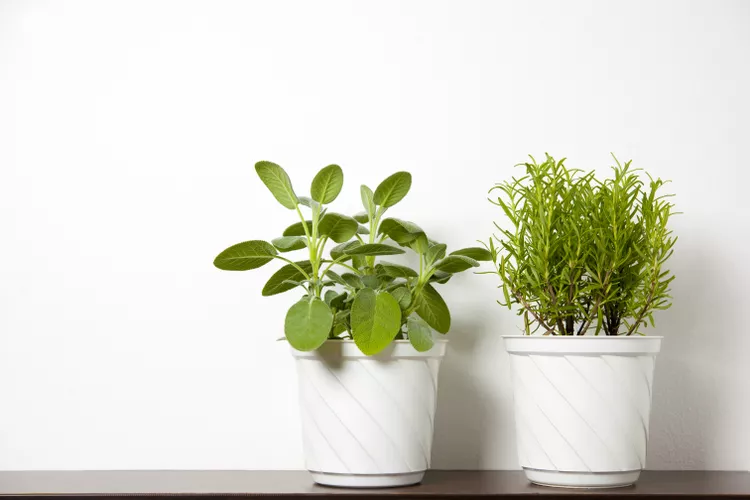
For water-loving herbs like chives, parsley, and mint, self-watering containers are a fantastic solution. These containers maintain consistent moisture levels, ensuring your plants stay hydrated even when you’re away.
Turn a Wood Pallet Into a Garden
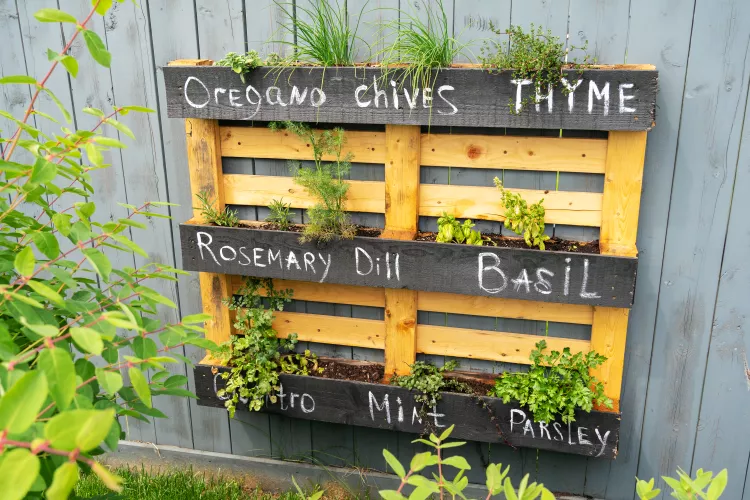
Repurpose a wooden pallet into a multi-tiered herb garden. This upcycled option provides ample planting space and convenient labeling opportunities. Lean it against a wall or mount it for a vertical garden that’s both functional and stylish.
Install a Trellis Garden on a Balcony

Maximize small balcony spaces by installing a vertical trellis garden. Herbs like basil, dill, and parsley thrive in these compact setups. A trellis garden offers a practical solution for urban gardeners with limited room.
Leverage a Railing

Don’t let railing space go to waste—add a rail planter to grow herbs in sunny spots. This setup is perfect for small spaces and ensures your plants get the sunlight they need. Just be mindful of watering to avoid dripping on anything below.
Build a Vertical Garden

Vertical gardens constructed from stacked terracotta pots or wooden crates offer a charming farmhouse look. They’re easy to build and perfect for herbs that either grow bushy or cascade over their edges, making them a versatile choice for any garden.
Line a Rock Wall

Herbs planted along a rock wall benefit from the structure’s protection and warmth. Creeping varieties like thyme or summer savory will cascade beautifully over the edges, creating a lush and functional display.
Grow Herbs in Upcycled Containers
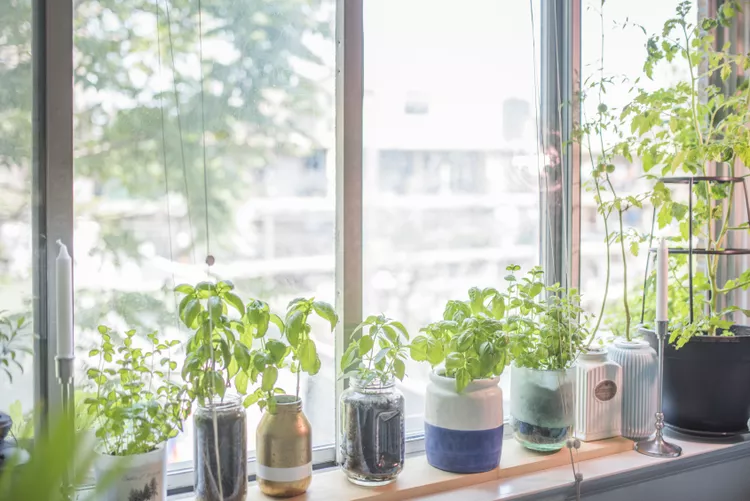
Get creative with your herb garden by using upcycled containers. Old tins, wood boxes, or even soda bottles can serve as unique planters. As long as they provide proper drainage, your herbs will thrive in these unconventional homes.
Grow Your Herbs in Water
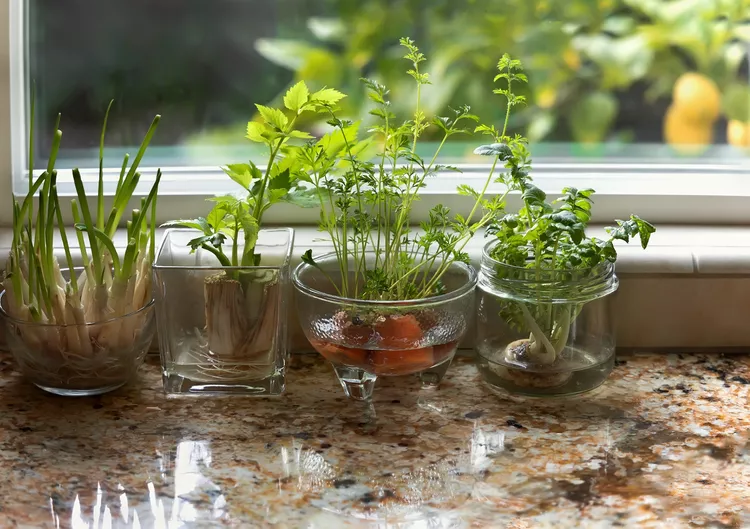
For a soil-free herb garden, grow plants like basil, mint, and parsley in water. These herbs root well in water and provide a constant supply of fresh garnishes for your kitchen. Plus, this method eliminates the worry of soil-borne pests.
Repurpose a Broken Mug
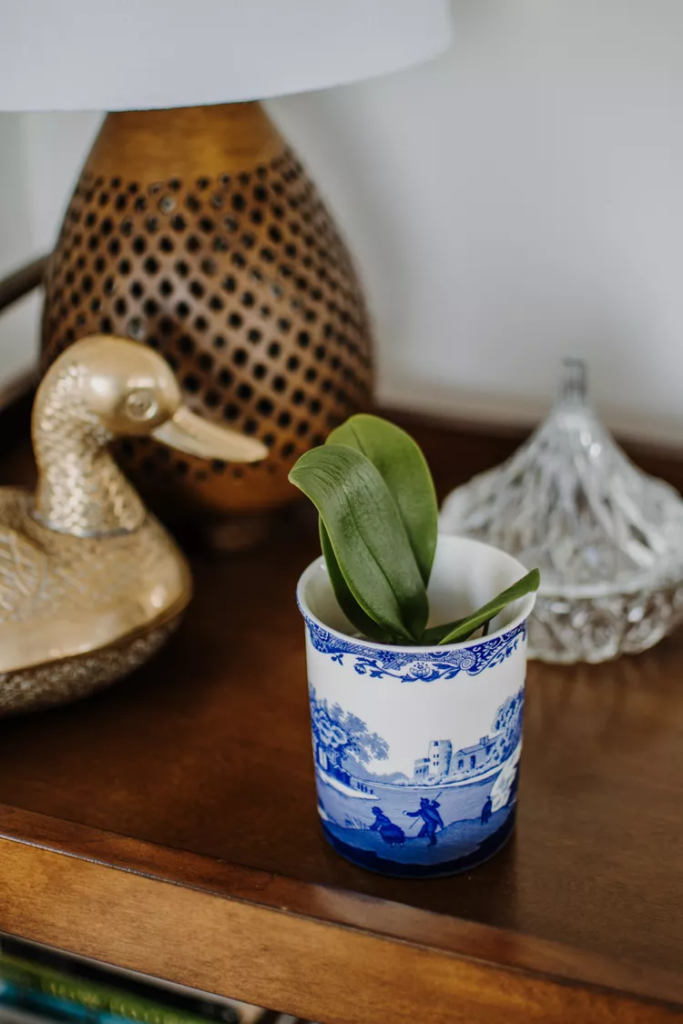
Make sure it has adequate drainage and use a cherished broken cup to hold a miniature version of your favorite herb, such as thyme, oregano, or rosemary.

